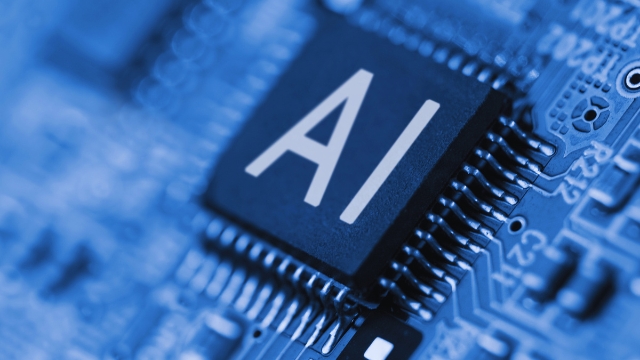
Introduction
The advent of 5G technology marks a pivotal moment in the evolution of connectivity. Promising lightning-fast speeds, reduced latency, and unparalleled reliability, 5G is poised to revolutionize industries and reshape how we interact with the digital world. This article explores the journey of 5G, its transformative potential, and the challenges that come with its widespread adoption.
The Evolution of 5G
- From 1G to 5G: A Connectivity Revolution
- 1G introduced analog voice communication.
- 2G enabled text messaging with digital voice.
- 3G brought mobile internet and video calling.
- 4G delivered high-speed internet and powered streaming services.
- 5G represents a quantum leap, enabling real-time communication and massive data transmission.
- Key Features of 5G
- High-Speed Connectivity: Download speeds up to 10 Gbps, 100 times faster than 4G.
- Low Latency: Latency as low as 1 millisecond, critical for applications like autonomous vehicles.
- Massive Device Connectivity: Supports billions of IoT devices, fostering smart cities and industrial automation.
Transformative Applications of 5G
- Enhanced Mobile Experiences Streaming 4K videos, augmented reality (AR), and virtual reality (VR) applications are becoming seamless with 5G.
- Revolutionizing Healthcare 5G enables telemedicine, remote surgeries, and real-time patient monitoring, especially in underserved areas.
- Empowering Smart Cities 5G facilitates IoT integration, optimizing traffic management, energy consumption, and public safety systems.
- Boosting Industrial Automation Manufacturing industries leverage 5G for real-time monitoring, predictive maintenance, and efficient supply chain management.
- Advancing Autonomous Vehicles 5G’s low latency ensures real-time communication between vehicles and infrastructure, enhancing safety and efficiency.
Challenges in 5G Deployment
- Infrastructure Requirements Deploying 5G necessitates extensive infrastructure upgrades, including the installation of small cell networks and fiber-optic backbones.
- Spectrum Availability Allocating sufficient spectrum for 5G without interfering with existing services remains a challenge for regulators.
- Security Concerns 5G networks’ complexity introduces new vulnerabilities. Robust cybersecurity measures are essential to mitigate risks.
- Economic Disparities The high cost of 5G deployment could widen the digital divide, leaving rural and underprivileged areas behind.
The Future of 5G
As 5G networks expand, they will drive innovations in artificial intelligence, machine learning, and the metaverse. Collaboration between governments, tech companies, and telecom providers will be crucial to address deployment challenges and ensure equitable access.
Conclusion
5G is more than just a step forward in connectivity; it is a foundation for the technologies of tomorrow. By bridging gaps, enabling innovation, and driving economic growth, 5G is set to redefine what’s possible in a connected world.









